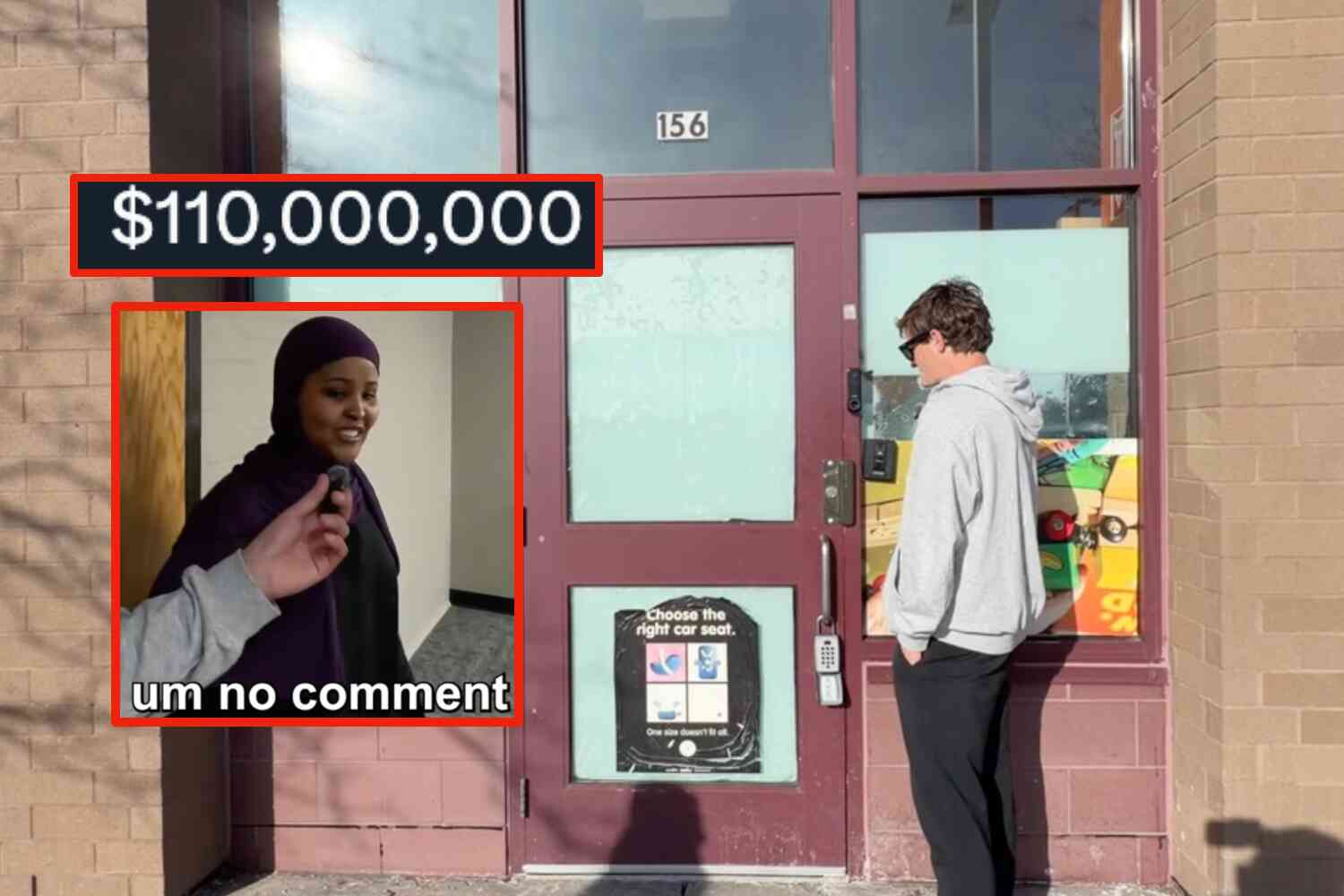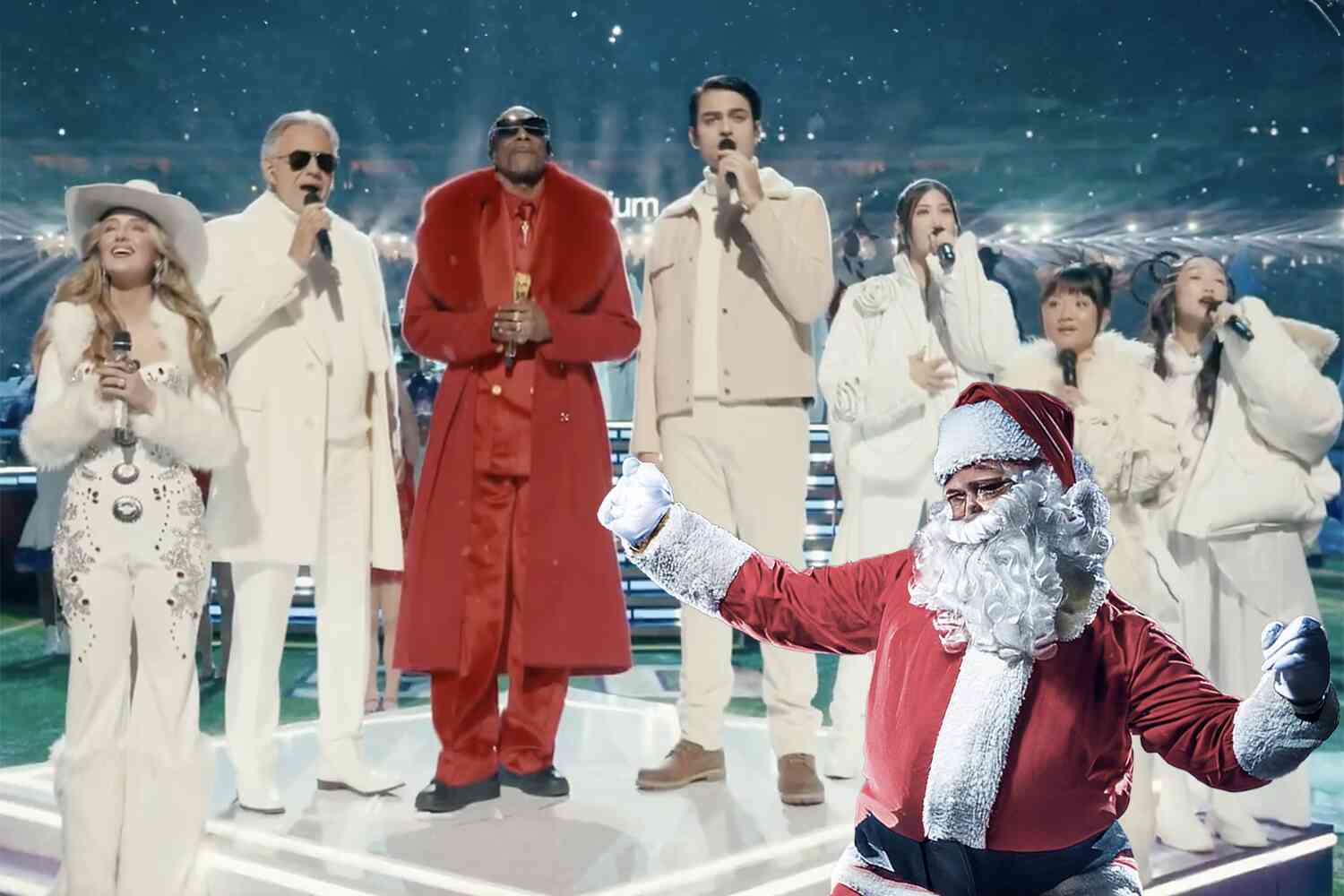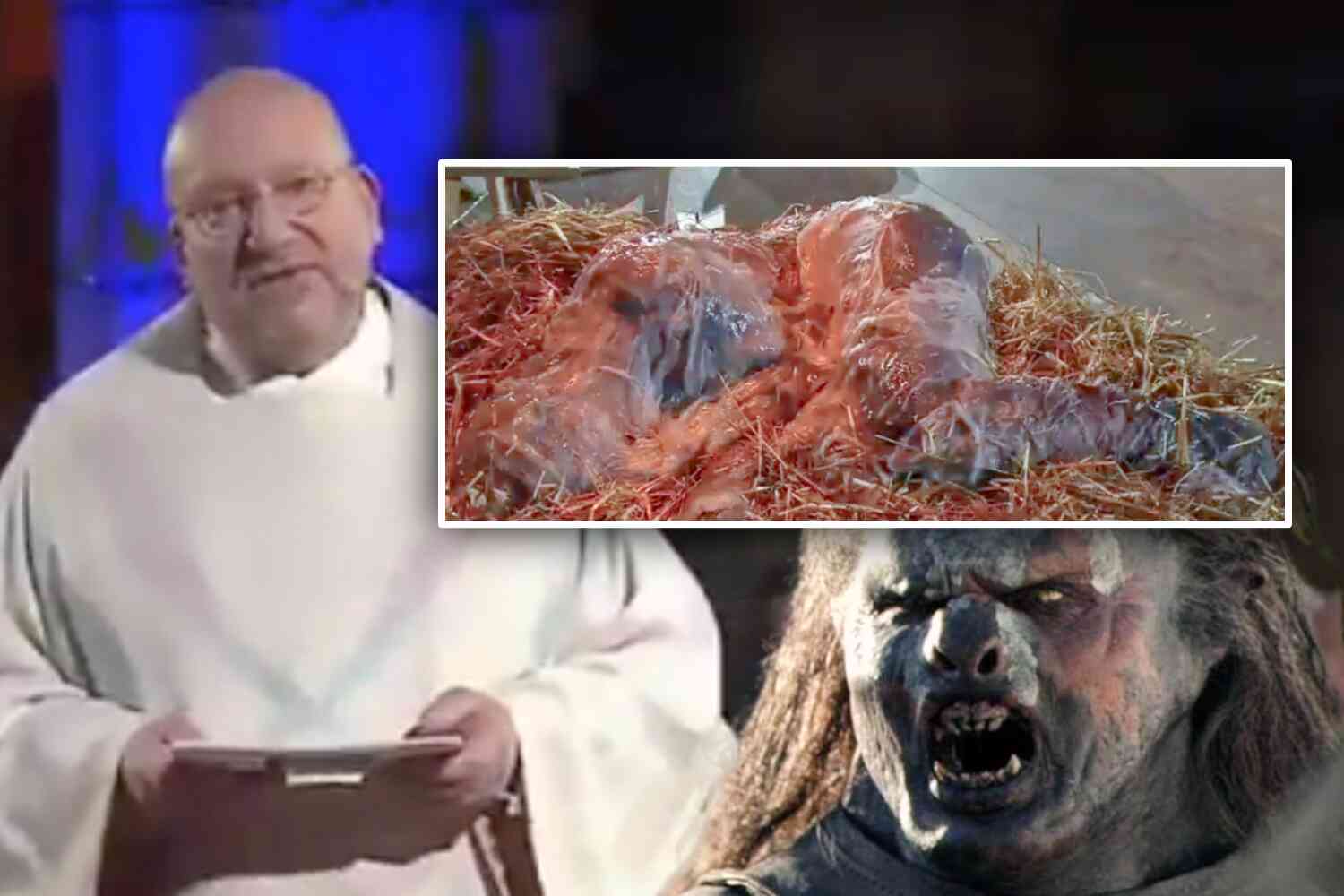French artist Yves Klein sold some "invisible art" at a gallery back in the 1950s that was literally empty space with nothing in it.
The artist sold the pieces for a weight of gold and gave the buyers a receipt. And now that receipt, along with the nonexistent invisible art, is being sold at Southeby's and they are expecting to rake in a cool half million for the tiny piece of paper.
From CNN:
In 1958, artist Yves Klein famously opened an exhibition called "The Void," which saw him place a large cabinet in an otherwise empty room. Thousands of paying visitors turned up at a Paris gallery to catch a glimpse of nothing at all.
Following the show's success, the French artist then took the idea one step further -- by giving collectors the chance to purchase a series of non-existent and entirely conceptual spaces in exchange for a weight of pure gold.
A handful of buyers took him up on the offer. And now, almost 60 years after Klein's death, one of the receipts he wrote to prove ownership of his invisible artworks is up for sale, with auction house Sotheby's estimating that it could fetch up to 500,000 euros ($551,000).
Measuring less than 8 inches wide, the receipt grants ownership of one of Klein's imaginary spaces, which he dubbed a "Zones of Immaterial Pictorial Sensibility." Designed to resemble a banker's check, it is signed by the artist and dated to December 7, 1959.
Yep, for half a million bucks you could own the receipt to literally nothing.
Who could pass up a deal like that?

The receipt was originally given to antiques dealer Jacques Kugel, and is among one of the few thought to have survived, Sotheby's said in a press release. This is not simply because Klein struggled to sell many of the imaginary works, but because he offered his customers a choice: to keep their receipt or burn them in a ritual.
Should they have chosen the latter, they would be considered the conceptual artwork's "definitive owner." As part of Klein's performance art, he would then burn the receipt in the presence of witnesses before dumping half the gold he was paid into the Seine River.
Kugel opted to keep his, and it has since been displayed at major art institutions across Europe, including London's Hayward Gallery and the Centre Pompidou in Paris. The item is being put on sale by art advisor and former gallery owner Loïc Malle, who is putting over 100 items from his private collection up for auction.
This guy Klein was some kind of evil genius. Not only did he sell literally nothing to people, but he also allowed them to ceremonially burn the receipt so they could be the perpetual owners, meaning they couldn't make money off it themselves.

Likening Klein's idea to NFTs, Sotheby's said it will accept cryptocurrency payment for the item.
"Some have likened the transfer of a zone of sensitivity and the invention of receipts as an ancestor of the NFT, which itself allows the exchange of immaterial works," reads the auction catalog. "If we add that Klein kept a register of the successive owners of the 'zones,' it is easy to find here another revolutionary concept -- the 'blockchain'."
Sotheby's also confirmed, in a press release, that the successful bidder will "will not become the custodian of this historic receipt, but also of Klein's invisible work of art as well."
I don't know much about NFTs and cryptocurrency, but surely those aren't nearly as dumb as people purchasing literally nothing, or a receipt for literally nothing.
Personally, I'd like to buy the nothing. The only question is, where would I put it?
P.S. Now check out our latest video 👇









